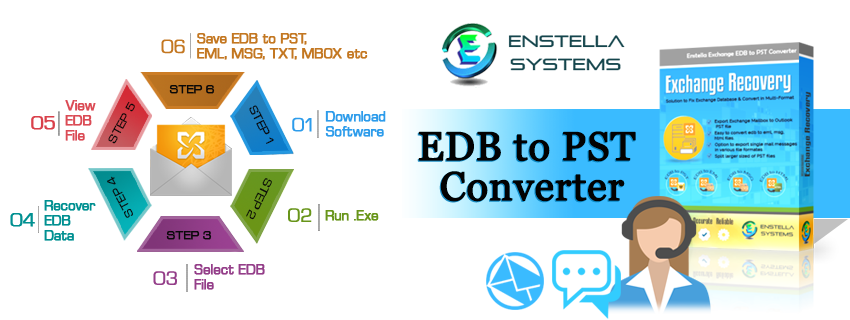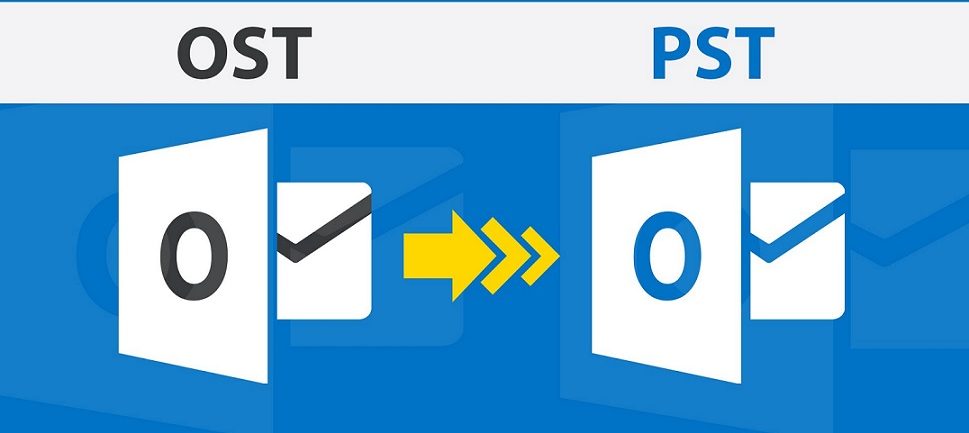Building and nurturing meaningful relationships with your customers should be the number one priority for every brand. Irrespective of the industry you are operating in, consumer appeal goes a long way in determining the rate of success of your organization. It is, therefore, imperative for you to understand and implement an ideal customer lifecycle management strategy in a way that you gain loyal, long-term customers who have the potential to become strong brand advocates for you, now and in the future.
You need to keep the wheels running smoothly in your customer relationship cycle. What attracts customers to your brand include a myriad of factors, which can be broadly classified into the following:
- Quality
- Efficiency
- Service
- Reliability
All the above mentioned factors are indispensable for ensuring a positive customer journey with your brand.
Diving Deep into the Customer Lifecycle Journey
It is very important for brands, like yours, to understand the different stages your customers go through in their entire engagement with you. Many enterprises make the mistake of assuming that the customer journey ends at the point of purchase. Or, the point of onboarding in some cases. As soon as the transaction is complete, many customers do not receive a similar amount of attention as they did in the initial stages.
This myth can hamper the customer’s experience going forward. While the beginning stages are very important in creating a good first impression of the brand, what can be a make or break point for a customer is the way they are treated after the brand already has their business.
It is essential to make your customers feel valued throughout their journey with you. And to do that, it is critical to understand the different stages in your customer’s lifecycle.
The exact stages may vary from business to business, but the customer lifecycle journey can be broadly mapped into the following categories:
Awareness
You need to reach out to your customers either through direct channels or through indirect mediums, including brand positioning and marketing. You need to demonstrate the value of the product in a way that’s beneficial to your customer. Your customer is looking for information at this stage; ensure that their queries are answered and concerns addressed.
Consideration
Once a customer enters your sales pipeline as a potential lead, it is essential to nurture it and continue reaching out to them with the key reasons why they must select your product. This includes sharing relevant content and highlighting what sets you apart from your peers.
Decision
Before making their final decision, your customers are interested in reviews from other customers. They also want to be directly engaged with your brand. So, it is essential to offer live demos, free trials, and personalized recommendations and offers at this stage to close the deal.
Retention
Many brands fail to take the necessary steps to retain a customer. Even after the transaction is closed, you need to keep your customers engaged by taking their feedback and suggestions, offering loyalty points or rewards, delivering personalized interactions tailored to their needs, and more.
Advocacy
If your brand delivers exceptional engagement throughout the first four stages, your customers are likely to become advocates for your brand. They are likely to recommend your products and services to other potential buyers and continue purchasing directly from your brand, thereby increasing the customer lifetime value.
As you can see, each stage plays a critical role and must be planned for in advance for your customer lifetime management strategy.
Why is Customer Lifecycle Management Important for Your Business?
Enriching a customer’s experience through all the stages of their journey with you goes a long way in building strong brand loyalty for your organization. These loyal customers, if continually treated right, will become brand advocates that can promote your business organically through word of mouth and positive reviews.
An effective customer lifecycle management strategy can become very important in maximizing the revenue for your business. For better results, you can also outsource your customer lifecycle management needs to a professional enterprise with demonstrated expertise in identifying potential leads and nurturing them to become loyal customers.
Three Critical Steps for Customer Lifecycle Management
To ensure that you remain ahead of your peers and maintain a stronghold in the market, you need to create effective one-to-one customer journeys, promote improved customer retention, and build a better brand reputation.
Customer Acquisition and Onboarding
Focused inbound and outbound strategies are essential to help your business acquire new customers and grow your revenue stream.
Omnichannel Customer Support
You must provide support and services to your existing customers across all channels and touchpoints, including voice, chat, social media, and email, in order to maximize the engagement.
Customer Retention
Your brand needs to leverage loyalty programs and regularly improve customer experience in order to keep the clients engaged and help them realize how valuable they are to your business.
To Sum Up
Businesses need to make customer lifecycle management a key objective in their long-term strategic goals. The consumers of today are savvy and want to have their voice heard and their concerns addressed at every step of the way. So much so, that a study by Salesforce estimates that 89% of consumers stop doing business with a company after experiencing poor customer service. And this experience can be at any stage of the customer journey, not just the beginning.
To stay on top of the game, your organization must realize the impact of customer lifecycle management. Businesses need to show customers how much they value them, their opinions, and their feedback. This helps customers stay engaged with your brand and shows them that you care for them beyond just their money or purchasing power.
You can map your customer journey and compare it with the five stages mentioned above. Define your own stages, if the need be. It helps make the journey more suited to your industry-specific needs. Ensure that you regularly keep tabs on what is working and what is not in each stage, and implement tools accordingly to analyze your performance and your customer’s overall experience. Remember that you can outsource customer support to an expert in order to utilize your precious resources to take care of business while the experts take care of your customers.
If done correctly, customer lifecycle management can give your organization a boost, create a strong base of loyal customers, and help your business scale new heights and grow exponentially.
Author Bio:
Sukhdev Singh is the digital marketing executive at Maxicus.









